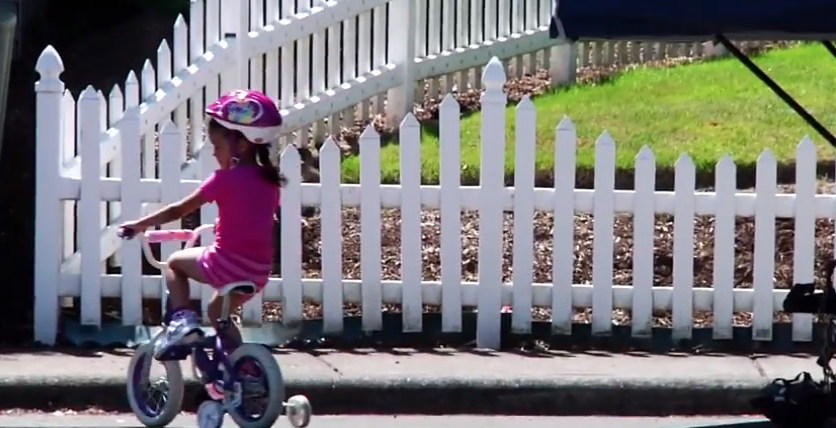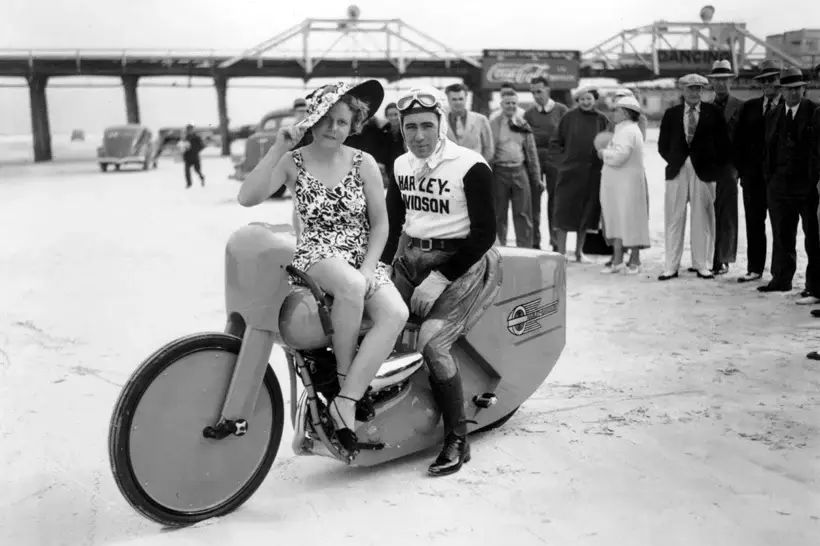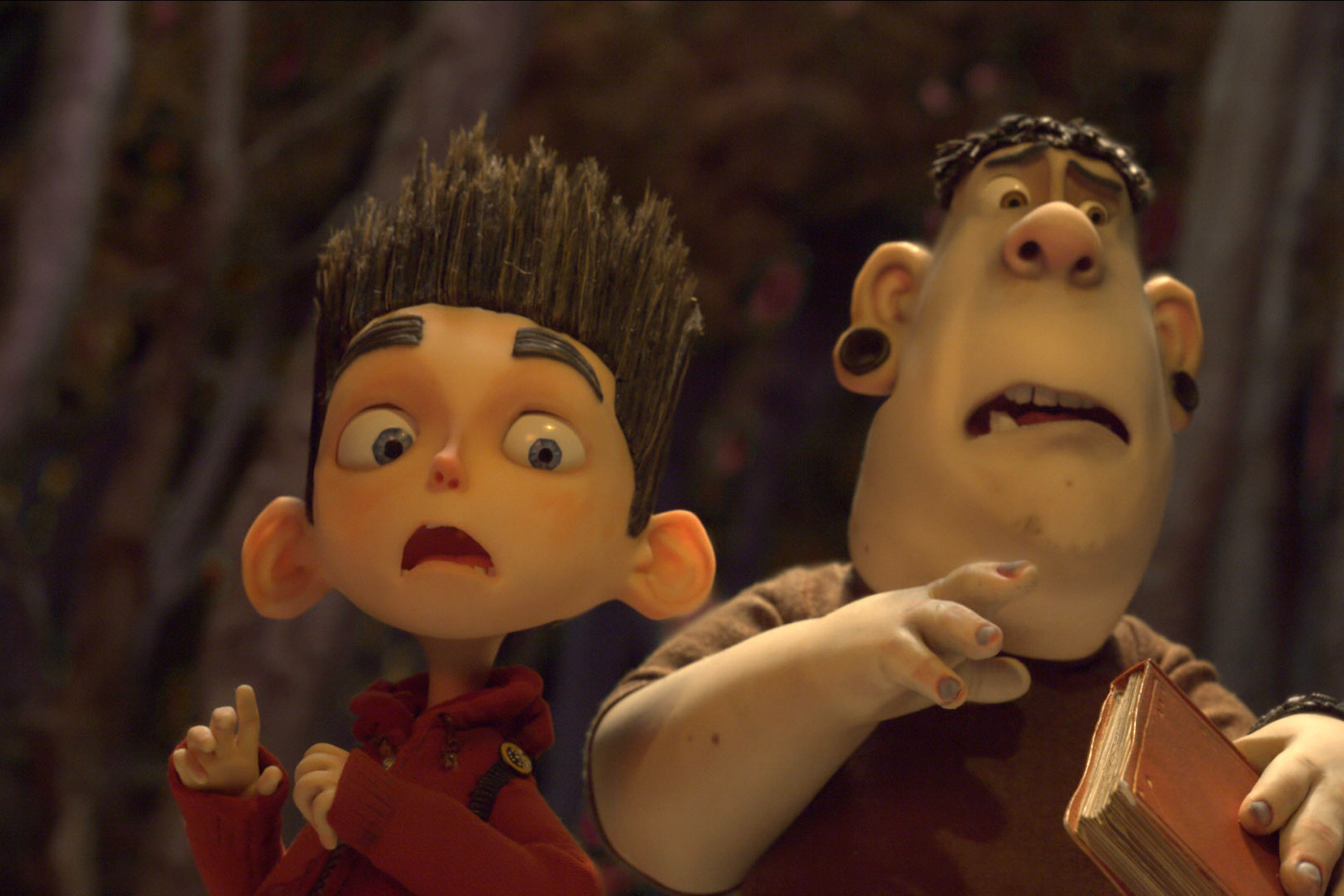What’s It Like Growing Up Black in West Linn?

A still from the movie Black Girl in Suburbia
Melissa Lowery is a documentarian who grew up in the Portland suburb West Linn, and now lives in Hillsboro. When her daughter, age six, said a classmate had asked why her hair looked different from everyone else’s, it sparked memories of Lowery’s own experiences growing up black in an overwhelmingly white community. The resulting film, Black Girl in Suburbia, screened at the Clinton Street Theater on September 28. We caught up with Lowery ahead of the screening to talk to her about how—or whether—things have changed since her childhood as a Black Girl in Suburbia.
What is this film about?
It’s about growing up in a predominantly white community as one of very few kids of color. We talk a lot about stereotypes, the small micro-aggressions that you get day to day—for instance, someone coming up to you and asking general questions about black people, assuming that you speak for every black person in the world. We talk about hair, and everybody touching it, and what that means. We talk about education in Oregon, we talk to a lot of teachers about their careers as teachers in Oregon, and their experiences with diversity. So we just hit a lot of perspectives.
When you talked to black teen girls in Eugene and Portland, what aspects of their experience resonated with your experiences growing up?
I tell people this isn’t a woe-is-me story. I had a pretty normal suburban childhood. I went to parties, I had friends. But you’re not able to really be your true self, because part of your true self is being black, and you’re not able to share that when you live in a very white space—there’s no way that those people are going to understand what you’re going through. I was very fortunate to have a friend who was another black girl my age, so we were each others’ outlet. But a lot of kids don’t have other black kids they can talk to about what they’re going through.
[The girls I talked to for the film] talked a lot about dating, which is really nonexistent because white boys don’t ask you out, and black boys are dating white girls. That definitely resonated with me. Another thing is being in a classroom and having a lesson on black history month, and having the whole class look at you, and the teacher not really being able to handle that awkwardness and not knowing how to talk about race with the class. These girls’ experiences mirrored exactly what I went through 20 years ago, showing that not much has changed.
Do you see Oregon as unique in terms of the issues you deal with in the film, or do you think these experiences are pervasive across the country?
With the film, initially I was sort of focused on Oregon, and I wasn’t really thinking much of other suburbs around the country. I just knew my own experience, which was in Oregon. But then once I released my trailer on YouTube, I got emails from women all over the country—Florida, Chicago, Philadelphia—just saying, you know, “I’m crying right now, because this is my story and I’ve never shared it with anyone!” And I realized this is way bigger than me, and this isn’t just Oregon. There are pockets of West Linn all over the country.
At the same time, when it comes to conversations about race, we’re not sure how to have those in Oregon. You know, people like to say, “we’re inclusive, we’re liberal, we accept everybody,” but it’s really not reflected. When people move here, if you’re not from Oregon, and you don’t understand the culture, it’s scary, and a lot of families don’t last very long. There’s not really a black community. I grew up in the 80s and 90s when we did have a black community in Northeast, but even that’s gone now because of gentrification.
How does this film connect with the broader conversations about race that have been going on nationally, like the Black Lives Matter movement?
I had my premiere of the film and right after that, police brutality started becoming more relevant, and "Black Lives Matter" and "Say Her Name" started, so these conversations started happening. My film is part of that conversation, adding another layer to it, saying, this is not a one-dimensional issue, there’s lots of layers and experiences.
I could have never had these conversations 20 years ago with anybody other than black people. The fact that I can now talk to a white woman about race and she can confess to racist thoughts that she’s had, even though she doesn’t think that she’s a racist, is pretty huge, in my book. My whole thing about change is it starts with the individual. Once you can have a conversation with somebody, you can take that information and that awareness to other people and other interactions, kind of like a chain effect. I feel like that’s happening right now nationally. I feel that as black people we’re sort of taking the blinders off and saying, “look, sorry, we can’t sugar coat this shit anymore, this is actually how we’ve been living, this has been our experience.” So it’s a start, but this is an ongoing movement, and it’s going to be at least for my lifetime that we’ll still be having these conversations about race.
What do you hope people take away from the film?
My intention is really to spark dialogue, and after that, whatever people take away, and whatever they decide to do, is their choice and their responsibility.
Black Girl in Suburbia screened at the Clinton Street Theater as part of POW Fest's POWMonthly series.




